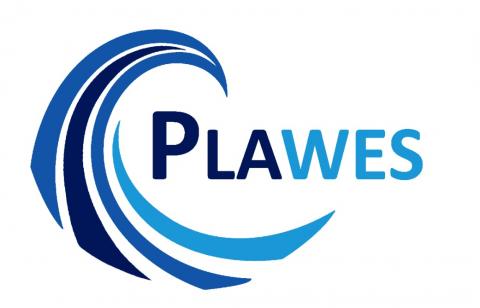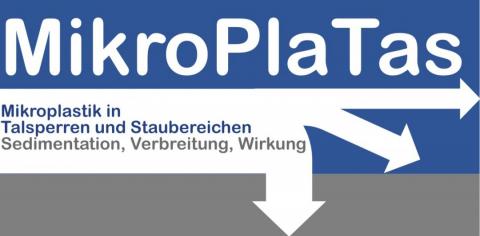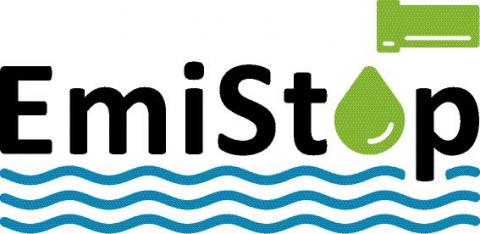Polyethylene (PE)
This comparative test from cross-cutting topic 1 "Analytics and reference materials" classifies different analytical methods for the identification and quantification of microplastics regarding their informative value and to work out the strengths and limitations of the respective methods. The comparative test was intended to provide the pre-requisites for comparing the analytical results of the individual projects within a given framework.
Quiz: Plastic in the Environment – What do you know?
When I wash a polyester fleece jacket, can microplastics get into the water? How many climate-damaging greenhouse gases are released annually due to the global production of plastics and what is chemical recycling?
Test your knowledge in the field of plastic with this quiz!





